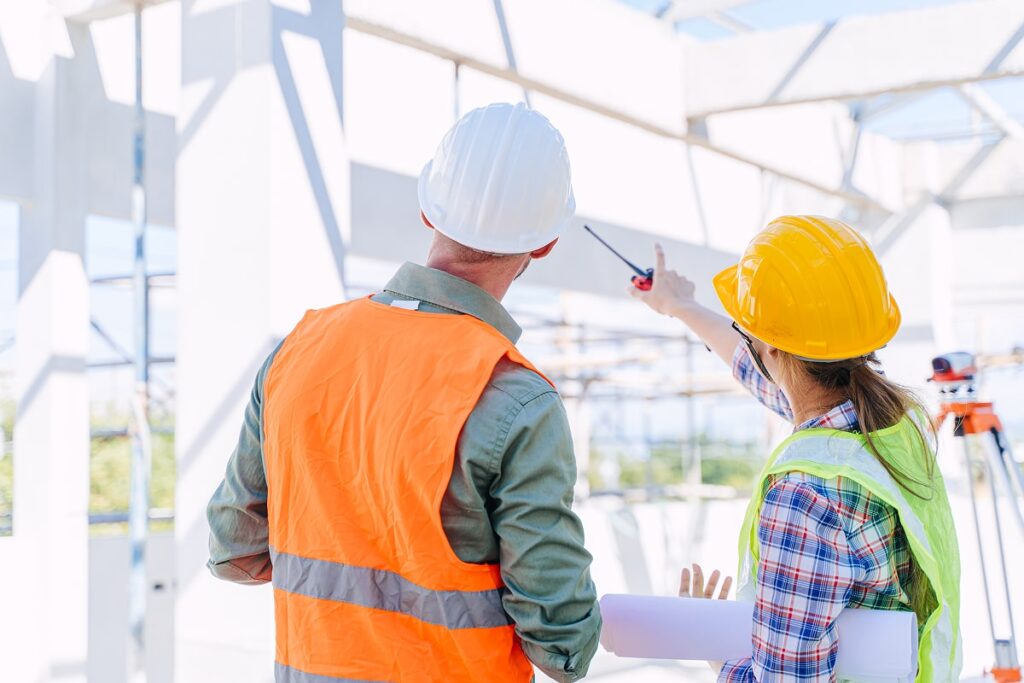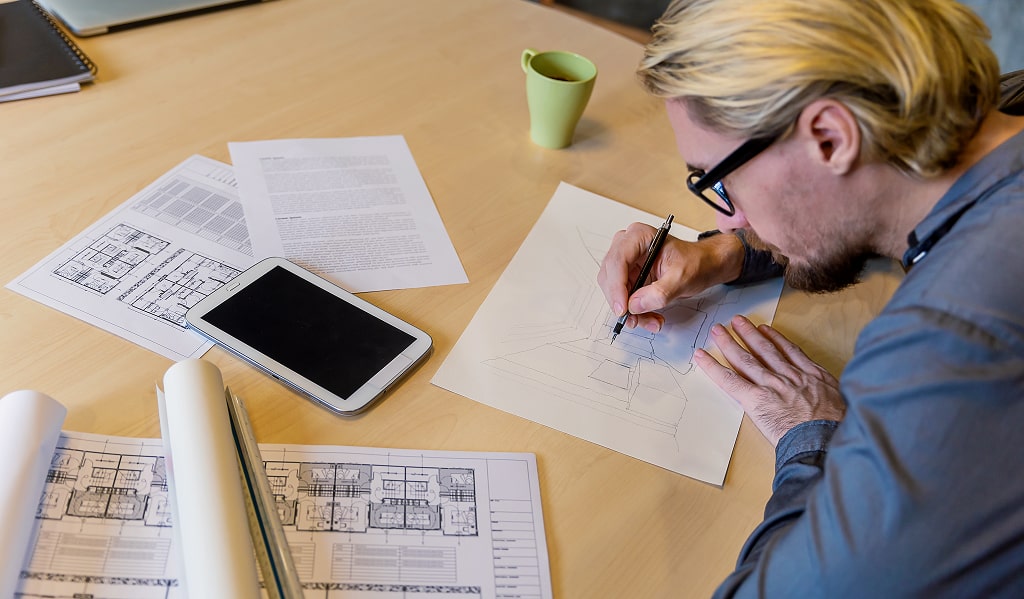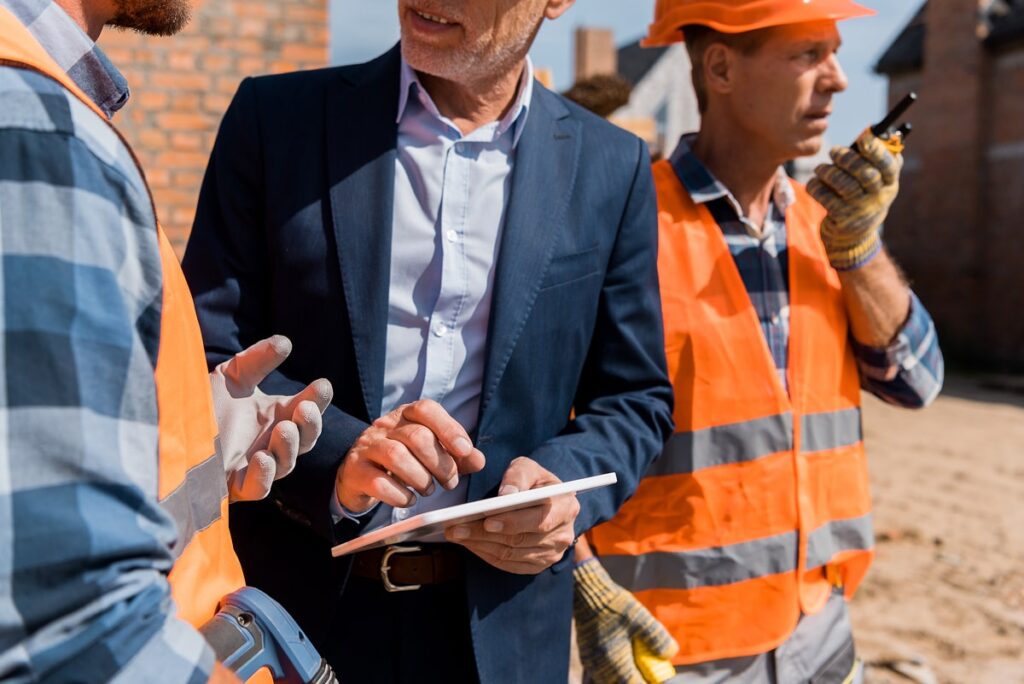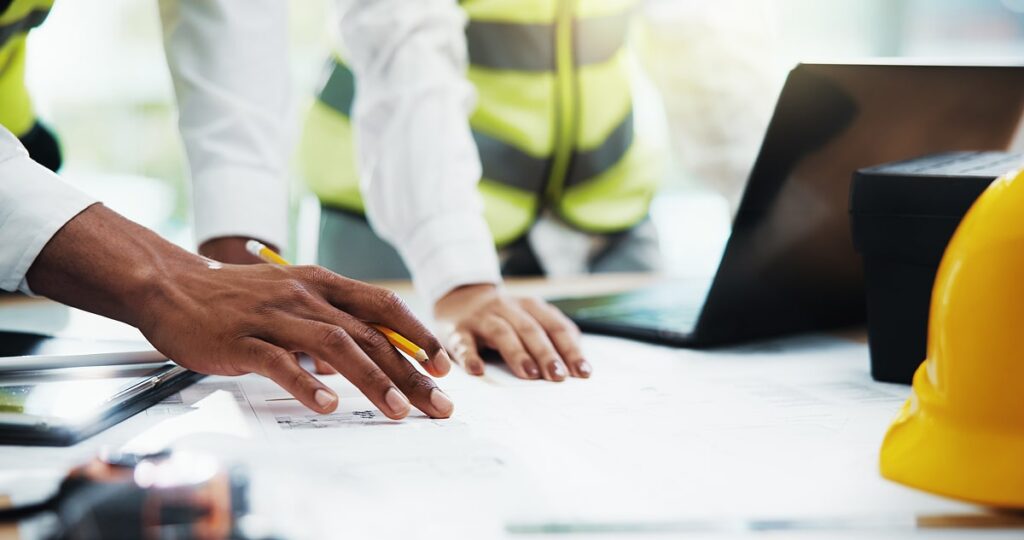Construction sites are busy, fast-moving, and often dangerous places. From tall scaffolding to heavy machinery, risks are always present.
Today, modern construction projects are bigger and more complex than ever before. This means the role of health and safety consultants has never been more important.
A good consultant doesn’t just tick a box for compliance. They help create safer environments, reduce accidents, save time, and cut down on unexpected costs.
The Construction Consultants understand how vital this role is and support businesses across the UK in keeping their projects safe, legal, and efficient.
What Do Health & Safety Consultants Do in Modern Construction Projects?
Health and safety consultants are specialists who make sure construction projects remain safe, compliant, and well-organised. Their role isn’t limited to checking boxes for compliance.
They actively shape safer working environments and help projects avoid costly mistakes. Importantly, their work starts at the earliest planning stages and continues until the project is handed over.
Core Responsibilities of Health & Safety Consultants
Here are some of the main tasks they take on
- Risk Assessments
Consultants carefully review site plans and work methods to identify potential hazards. They then design strategies to reduce or eliminate these risks before work even begins.
- Compliance Checks
They ensure projects follow UK legislation, such as the Health and Safety at Work Act 1974 and the Construction (Design and Management) Regulations 2015 (CDM). Compliance reduces the risk of fines or legal disputes.
- Site Inspections
Regular on-site visits allow consultants to monitor safety procedures, highlight areas for improvement, and ensure that safe practices are actually being followed.
- Training and Education
From toolbox talks to full induction programmes, consultants provide workers with the knowledge they need to stay safe. This ongoing education also builds a culture of safety across the project.
- Emergency Planning
Consultants prepare detailed response plans for accidents, fires, or other emergencies. Having clear procedures in place ensures quick action if things go wrong.
Why This Work Matters
Individually, these tasks might seem straightforward, but together they form the backbone of a safe construction site. Consultants bring technical expertise, industry knowledge, and independent judgment.
Their presence ensures risks are spotted early, teams stay compliant, and the project can move forward without unnecessary delays or accidents.
Why Are Health & Safety Consultants Important Today?
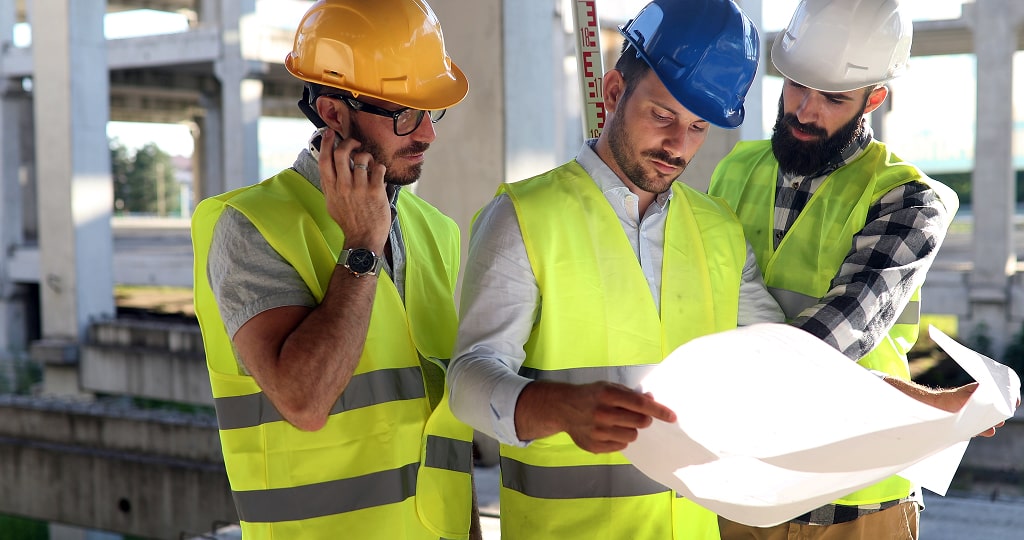
Modern construction projects face new challenges that make consultants essential. Without them, risks grow quickly, costs spiral, and projects struggle to meet deadlines.
Rising Complexity of Modern Construction Projects
Construction today involves more people, new technologies, and advanced building methods. From modular homes to large-scale infrastructure projects, every site has different needs and risks.
With so many moving parts, it’s easy for safety details to slip through the cracks. Consultants bring structure and consistency, helping teams stay on track.
Legal Duties and Compliance
UK law is clear about health and safety. The Health and Safety at Work Act 1974 requires employers to protect workers and the public. The CDM Regulations 2015 set out specific duties for clients, designers, and contractors.
According to the Health and Safety Executive (HSE), failure to comply can result in heavy fines or even prison sentences. Consultants make sure these laws are followed and that clients can prove compliance at every stage.
Protecting People and Reputation
Accidents don’t just hurt workers. They damage reputations. A single incident can lead to bad press, loss of trust, and legal challenges.
Health and safety consultants focus on prevention. They keep people safe and protect the company’s image at the same time. Safe sites run better, earn trust, and build stronger relationships with clients and communities.
How Health & Safety Consultants Save Time and Money
Many people think hiring a consultant is just another cost. In reality, it’s the opposite. Consultants often save projects far more than they cost.
Here’s how they help
- Preventing accidents – avoiding costly medical bills, compensation claims, and downtime.
- Reducing delays – spotting risks early so problems don’t stop work later.
- Avoiding fines – ensuring the project meets UK regulations and avoids penalties.
- Smarter planning – improving workflows, which reduces wasted time and resources.
According to HSE data, construction is one of the most dangerous industries in the UK, with 45 fatal injuries recorded in 2022. Each accident brings financial loss, delays, and legal risk. A consultant lowers these chances, keeping the project moving and budgets under control.
What Risks Do They Help Manage in Modern Construction Projects?
Health and safety consultants deal with a wide range of risks. Some are obvious, others less so. All of them can cause serious harm if ignored.
Common risks they manage include
- Falls from height
- Slips, trips, and falls on uneven ground
- Moving vehicles and heavy machinery
- Manual handling injuries
- Poor electrical safety
- Hazardous materials like asbestos
- Fire risks
- Noise and vibration hazards
According to HSE reports, falls from height remain the biggest cause of fatal accidents in construction. Consultants plan safe systems of work, check equipment, and train staff to reduce these risks.
They also manage hidden dangers, such as poor planning that leads to overcrowded sites or unclear responsibilities between teams.
How Do Health & Safety Consultants Support Project Teams?
A good consultant doesn’t work in isolation. They support every part of the project team, from frontline workers to senior managers.
Training and Guidance for Workers
Workers are the heart of every project. Consultants provide
- Site inductions for new staff.
- Toolbox talks to explain daily risks.
- Practical advice on using equipment safely.
This builds a strong safety culture where everyone knows their role in keeping the site safe.
Support for Clients and Managers
Consultants also guide clients and project managers. They
- Help with risk assessments and compliance paperwork.
- Conduct audits and inspections.
- Offer advice on planning safe project designs.
This support takes the pressure off managers, letting them focus on delivery without worrying about hidden risks.
Acting as a Bridge Between Teams
One of the most important roles is communication. Consultants often act as a link between different contractors, designers, and site teams. Clear communication avoids misunderstandings that could otherwise lead to accidents or delays.
What Happens If a Project Skips Health & Safety Consultants?
Some projects still try to cut corners by skipping consultants. The results can be serious:
- Higher accident rates – without proper oversight, risks increase.
- Project delays – accidents and safety issues stop work.
- Increased costs – compensation, repairs, and fines pile up.
- Legal action – non-compliance can lead to court cases and penalties.
According to the Chartered Institute of Building (CIOB), poor health and safety management is one of the main causes of delays in UK construction. What seems like a saving at first can quickly turn into a costly mistake.
Why The Construction Consultants Can Support Your Project
The Construction Consultants provide expert guidance for modern construction projects across the UK. Their team helps clients meet legal requirements, improve safety, and deliver projects on time.
With practical solutions and a personal approach, The Construction Consultants ensures that safety is not an afterthought but a core part of every project. From compliance checks to on-site support, they help create environments where workers feel safe and clients feel confident.
Building Safer, Smarter Projects Together
Modern construction projects demand more than skill and materials. They demand strong health and safety management. Consultants play a vital role in protecting people, reducing risks, saving money, and keeping projects moving.
From risk assessments to training and compliance, their work shapes safer sites and stronger outcomes. Ignoring health and safety is no longer an option in today’s industry.
The Construction Consultants help businesses across the UK make health and safety a priority. With our expertise, projects can run smoother, safer, and smarter from start to finish.

